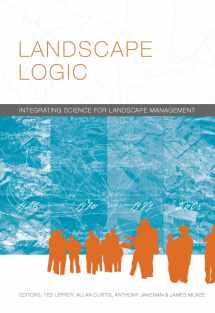
Landscape Logic: Integrating Science for Landscape Management
Book details
Summary
Description
In 2005, researchers from four Australian universities and CSIRO joined forces with environmental managers from three state agencies and six regional catchment management authorities to answer the question: Can we detect the influence of public environmental programs on the condition of our natural resources?
This was prompted by a series of national audits of Australia’s environmental programs that could find no evidence of improvement in the condition of waterways, soils and native vegetation despite major public programs which had invested more than $4.2 billion in environmental repair and management over the last 20 years.
Landscape Logic describes how this collaboration of 42 researchers and environmental managers went about the research. It describes what they found and what they learned about the challenge of attributing cause to environmental change. While public programs had been responsible for increase in vegetation extent, there was less evidence for improvement in vegetation condition and water quality. In many cases critical levels of intervention had not been reached, interventions were not sufficiently mature to have had any measurable impact, monitoring had not been designed to match the spatial and temporal scales of the interventions, and interventions lacked sufficiently clear objectives and metrics to ever be detectable.
KEY FEATURES
* Techniques to detect and attribute change in water quality and vegetation extent and condition: at state, region or catchment scale; at property or tenure scale; and at site scale.
* Tools and techniques to integrate social and biophysical knowledge and understand the history and direction of landscape change.


We would LOVE it if you could help us and other readers by reviewing the book
Book review



